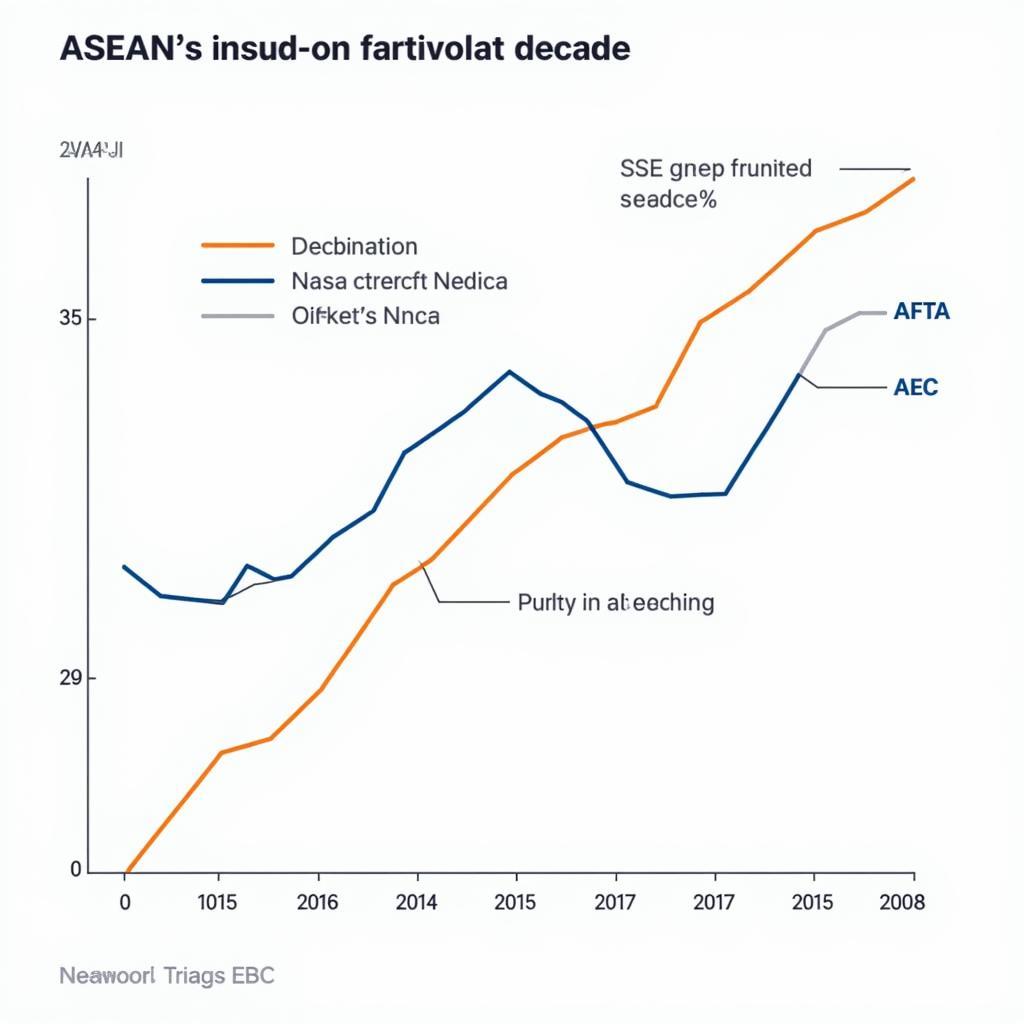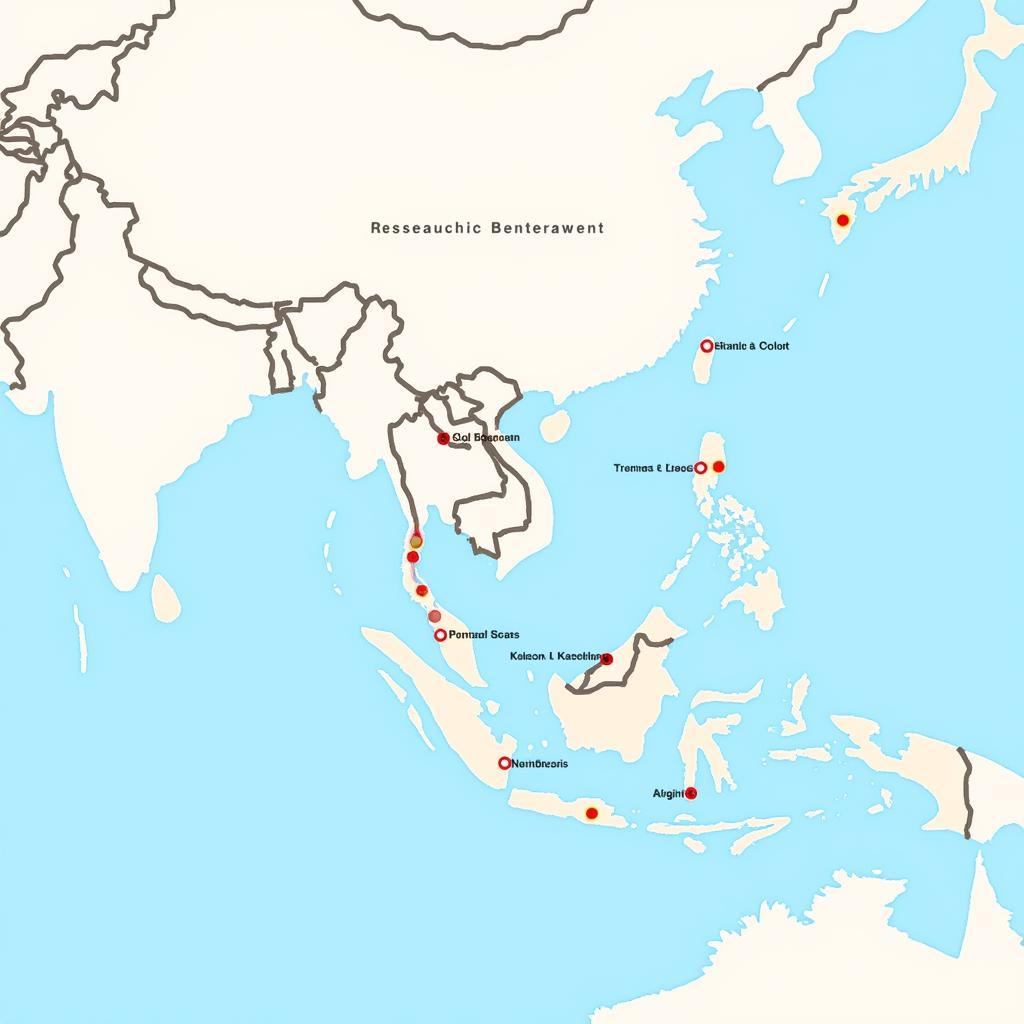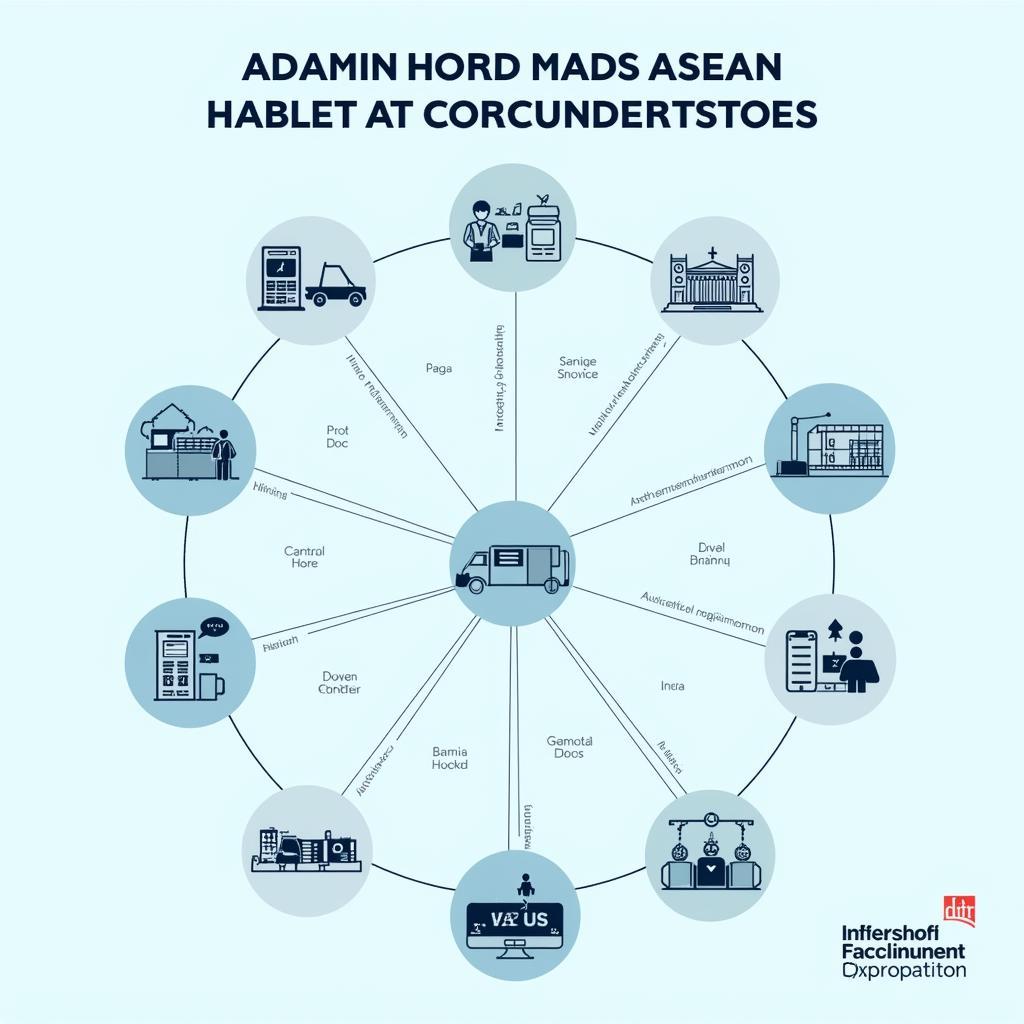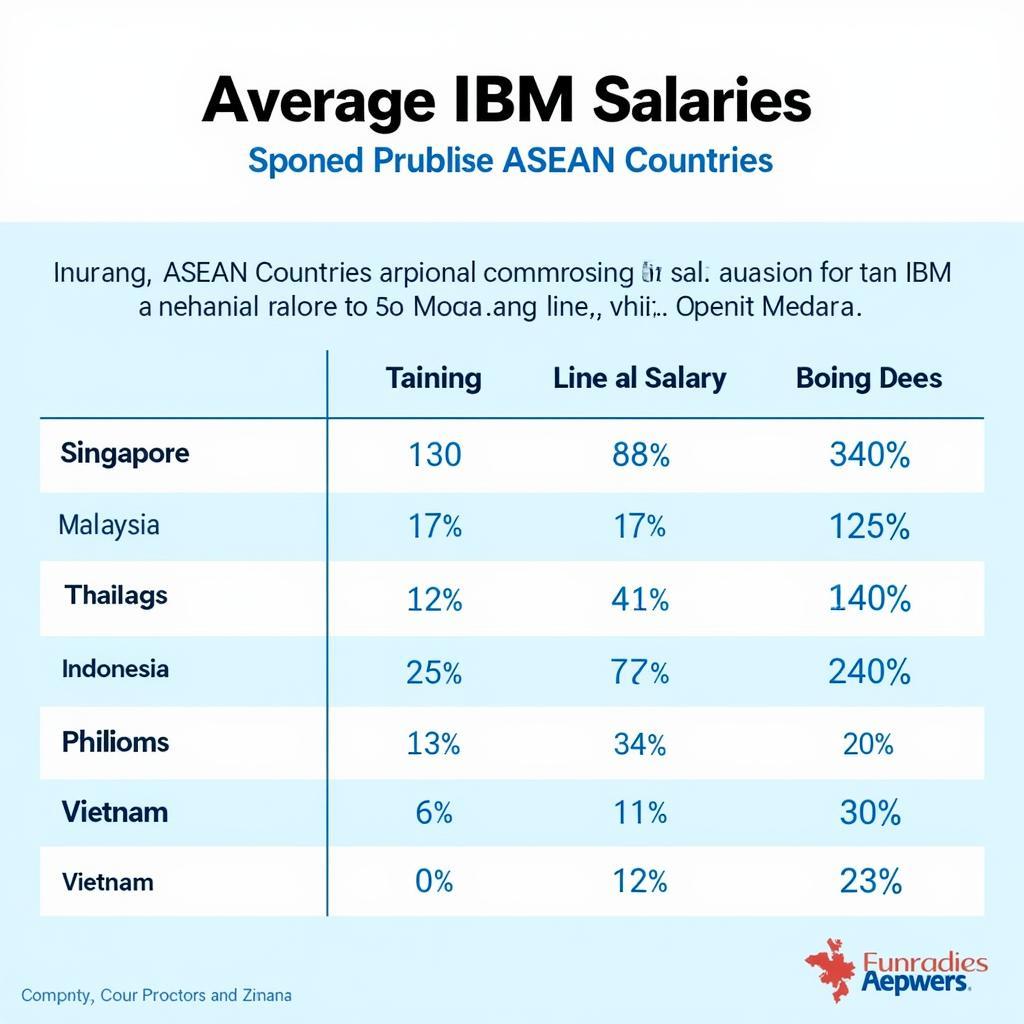ASEAN’s journey, marked by remarkable achievements and future prospects, is a testament to regional cooperation. From its inception in 1967, ASEAN has evolved from a politically-driven entity to a dynamic economic and socio-cultural community. This article explores ASEAN’s key achievements and future prospects, examining its impact on Southeast Asia and the global stage.
From Political Harmony to Economic Powerhouse: ASEAN Achievements
ASEAN’s initial focus on political stability paved the way for economic integration. The establishment of the ASEAN Free Trade Area (AFTA) significantly boosted intra-regional trade, attracting foreign investment and fostering economic growth. This achievement laid the foundation for the ASEAN Economic Community (AEC), envisioning a single market and production base. Further solidifying its economic prowess, ASEAN has actively engaged in free trade agreements with major economies, including China, Japan, and Australia. These agreements have diversified trade relations and cemented ASEAN’s position in the global economy. The establishment of the ASEAN Socio-Cultural Community (ASCC) reflects the commitment to fostering a sense of shared identity and promoting cultural exchange. Initiatives like the ASEAN University Network and the ASEAN Cultural Fund have facilitated educational collaboration and cultural preservation.
 ASEAN Economic Growth Chart
ASEAN Economic Growth Chart
Furthermore, ASEAN has played a crucial role in maintaining regional peace and security through dialogue and diplomacy. The ASEAN Regional Forum (ARF) provides a platform for discussing security issues and promoting confidence-building measures among member states and dialogue partners. This commitment to peaceful resolution of conflicts has contributed significantly to the region’s stability.
Navigating Challenges, Embracing Opportunities: ASEAN Future Prospects
While ASEAN has achieved significant milestones, it faces future challenges and exciting prospects. Deepening economic integration remains a priority, particularly in addressing non-tariff barriers and streamlining regulations. The rise of the digital economy presents both opportunities and challenges. ASEAN must harness the potential of digital technologies to drive innovation and inclusive growth while mitigating the risks of cyber security and digital divide. Strengthening regional connectivity through infrastructure development is essential for enhancing trade, tourism, and people-to-people exchanges. Initiatives like the Master Plan on ASEAN Connectivity 2025 aim to improve infrastructure networks and facilitate seamless movement of goods, services, and people.
Climate change poses a significant threat to the region, requiring collective action to mitigate its impact. ASEAN needs to strengthen its cooperation on climate change adaptation and mitigation strategies, promoting sustainable development practices and investing in renewable energy sources. Another key focus is enhancing ASEAN’s institutional capacity to effectively address emerging challenges and capitalize on opportunities. This includes strengthening the ASEAN Secretariat, streamlining decision-making processes, and fostering greater coordination among member states.
asean and the theory of regional economic integration
What are some of ASEAN’s biggest economic achievements?
ASEAN’s biggest economic achievements include the establishment of AFTA and AEC, which have significantly boosted intra-regional trade and fostered economic growth. Free trade agreements with major economies further solidify its global position.
How is ASEAN addressing the challenges of the digital economy?
ASEAN recognizes the opportunities and challenges of the digital economy. It is actively working towards harnessing digital technologies to drive innovation and inclusive growth while mitigating risks like cybersecurity.
What is ASEAN doing to combat climate change?
ASEAN is strengthening cooperation on climate change adaptation and mitigation strategies, promoting sustainable development and investing in renewable energy.
What are ASEAN’s plans for improving regional connectivity?
ASEAN’s Master Plan on ASEAN Connectivity 2025 aims to improve infrastructure networks, facilitating seamless movement of goods, services, and people within the region.
 ASEAN Connectivity Map
ASEAN Connectivity Map
Conclusion
ASEAN’s achievements and future prospects underscore its significance as a regional bloc. By addressing challenges and embracing opportunities, ASEAN is poised to further enhance its role in promoting regional integration, fostering economic growth, and advancing social progress, contributing to a prosperous and interconnected Southeast Asia. ASEAN’s journey continues, promising further achievements and a brighter future for the region.
FAQ
- What does ASEAN stand for?
- How many member states are in ASEAN?
- When was ASEAN established?
- What are the three pillars of the ASEAN Community?
- What is the role of the ASEAN Secretariat?
- How does ASEAN contribute to regional peace and security?
- What are some of ASEAN’s key free trade agreements?
When you need support, please contact Phone Number: 0369020373, Email: [email protected] or visit us at: Ngoc Lien Village, Hiep Hoa, Bac Giang, Vietnam. We have a 24/7 customer service team.


